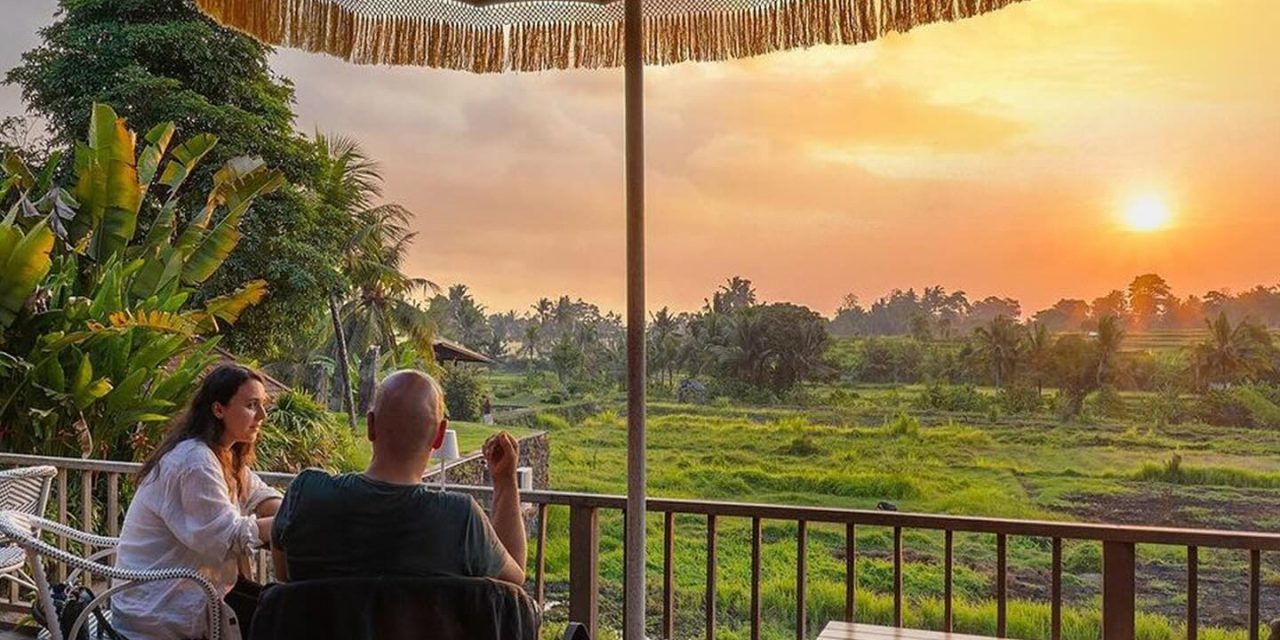Ah, Bali! Just saying the name evokes images of serene beaches, stunning sunsets, lush rice terraces, and vibrant culture. But, when it comes to planning your dream vacation in this tropical paradise, timing is everything. After visiting Bali multiple times, I’ve gathered some personal anecdotes and insights to help you determine the best time to visit Bali for a holiday.
Understanding Bali’s Climate
Before diving into the details, it’s important to understand Bali’s climate. The island has a tropical monsoon climate, which means it’s warm and humid year-round. However, there are two distinct seasons:1. Dry Season (April to October)2. Wet Season (November to March)I remember my first trip to Bali was in early November. While I was excited, I was met with unexpected rain showers that dampened some of my plans (pun intended!). It taught me early on the importance of picking the right time.
Dry Season: The Prime Time
The dry season is often hailed as the best time to visit Bali. Here’s why:
– Perfect Weather: Expect plenty of sunshine, low humidity, and very little rain. Perfect for lounging on the beach or hiking up the majestic Mount Batur.
– Festivals Galore: Bali is known for its rich cultural heritage, and the dry season hosts several key festivals. For instance, the Bali Arts Festival in June involves performances of traditional music, dance, and art exhibitions. I attended once, and the energy was simply contagious!
Peak Tourist Season
July and August are peak months, coinciding with school holidays in many countries. While the vibes are lively, the beaches and attractions can get quite crowded. I recall visiting Ubud during this time and struggling to find a quiet corner in the Monkey Forest! If you’re after a more peaceful experience, consider late April to early June or September to October.
Wet Season: A Hidden Gem
Now, you might think, Why on earth would I visit during the wet season? Hold on! There are advantages to consider:
– Lesser Crowds: This is the time when Bali sees fewer tourists, making for a more intimate experience. I explored hidden temples and enjoyed serene beach walks without the bustling crowds, which felt like a secret gift from the island.
– Green Scenery: This season transforms Bali into a lush paradise. The rice terraces are a vibrant shade of green, and you can truly appreciate the island’s natural beauty.
Tip: If you decide to visit during the wet season, pack light, breathable clothing, and a good waterproof jacket. Trust me; being caught in a sudden downpour without proper gear isn’t fun!
Best Times for Activities
One significant factor in planning your Bali holiday is the activities you hope to enjoy.
Surfing
If you’re a surf enthusiast, the best time to hit the waves is during the dry season—between May and September. The world-famous waves at places like Uluwatu and Canggu attract surfers from all around the globe. When I tried surfing in May, the waves were perfect for a novice like me!
Diving and Snorkeling
For underwater adventures, consider visiting between April and November. The waters are clearer, and marine life is thriving. During my diving trip to Amed, the visibility was spectacular, and I encountered vibrant coral reefs and an array of tropical fish.
Cultural Experiences
For those interested in delving deeper into Balinese culture, consider visiting during the Galungan festival which occurs every 210 days; it’s a fantastic time to witness the island’s traditions. My personal experience of attending a local ceremony was not just fascinating but also heartwarming; the locals welcomed me with open arms.
Practical Tips for Your Bali Holiday
1. Accommodation: Consider booking in advance during peak season! I learned this the hard way when I found myself scrambling for a place to stay in Ubud during the summer months. Try staying in different regions to experience both beach and cultural hotspots.
2. Transportation: Renting a scooter is an excellent way to explore the island. However, if you visit during the wet season, be cautious of slippery roads. I had my fair share of adventure (and misadventure) on two wheels!
3. Budgeting: Prices can vary significantly between seasons. If you’re looking to save some cash, the wet season often offers discounted rates on accommodations and activities.
Conclusion: The Best Time for You
Ultimately, the best time to visit Bali for a holiday depends on what you hope to experience. Whether you’re after sun-soaked beaches in the dry season or fewer crowds with lush scenery in the wet season, Bali is a destination that has something special to offer year-round.I can’t wait to hear about your Bali adventures! Whatever time you choose to visit, embrace the island’s magic, and let it create unforgettable memories for you. Happy travels!






